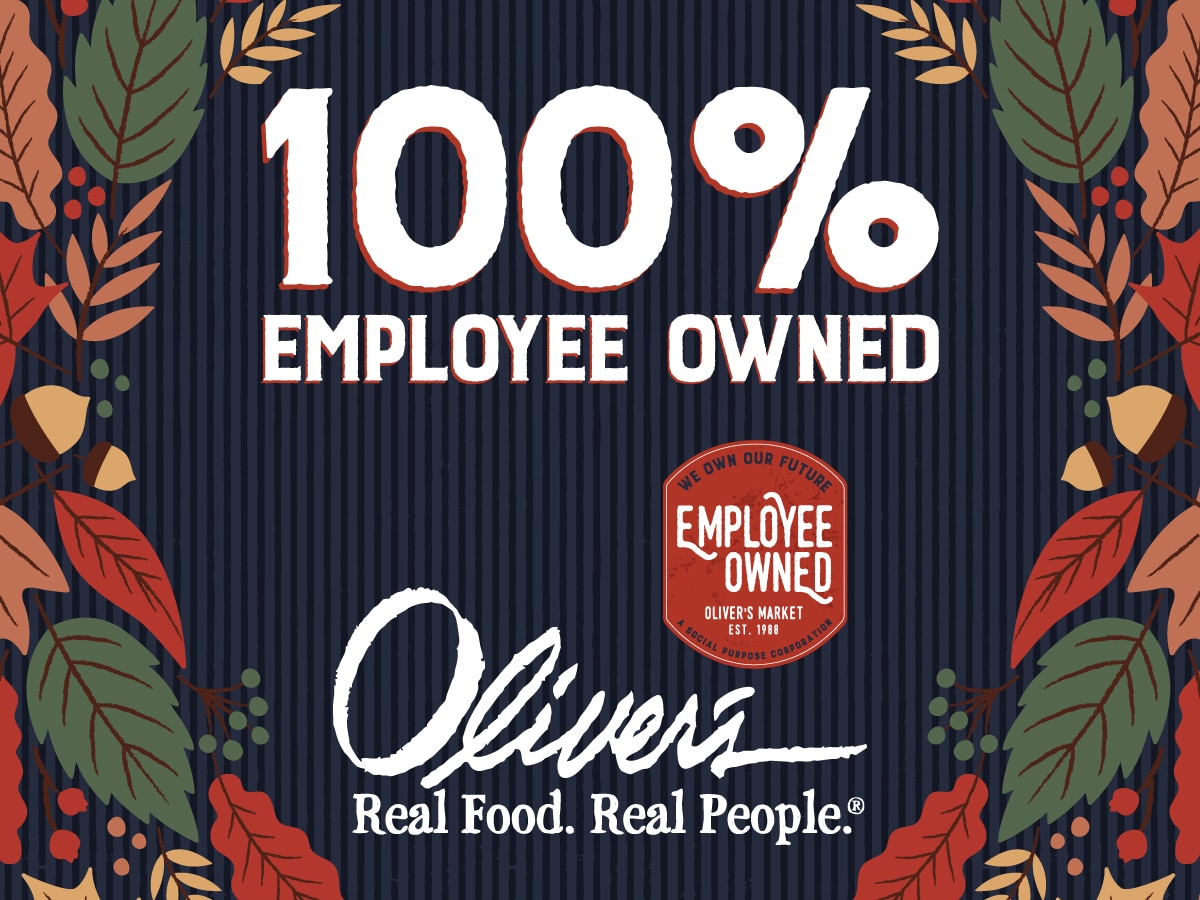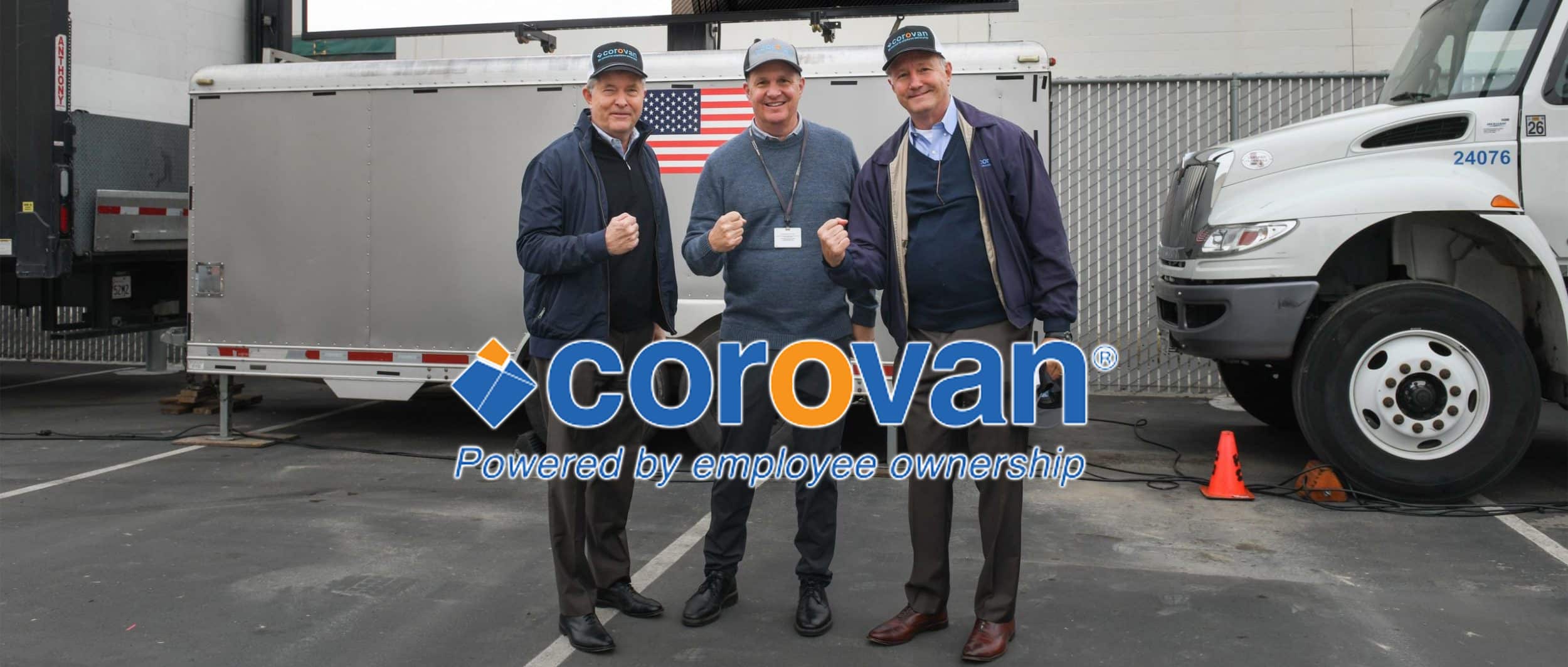An Employee Stock Ownership Plan (“ESOP”) may be the solution to your succession-planning dilemma
The exit strategies available to owners of electrical wholesaling firms are somewhat limited. The available strategies include selling the business to a competitor, selling the business to the management employees, or selling the business to all of its employees under the provisions of an Employee Stock Ownership Plan (“ESOP”).
Most owners of privately held businesses are busy running their businesses and are not well-versed in the art of designing exit strategies. Given these circumstances, owners of privately-held companies often turn to their regular consultants C a law firm or a CPA firm C to design their exit strategy. Unfortunately, most law firms and CPA firms are far better versed in the conventional strategies of selling to a competitor or selling to a management buyout group than they are in the strategy of selling to an ESOP.
Moreover, structuring a management buyout transaction or orchestrating a sale to a competitor can generate legal and accounting fees in the magnitude of $300,000 to $500,000 or more, depending upon the size of the transaction C whereas selling part or all of the business to an ESOP usually generates fees that are only one-tenth as large.
Given these facts, it’s easy to see why the option of selling to an ESOP is often ignored, and why ESOP buyouts constitute less than 15% of all buyouts of privately-held firms. But there is a more fundamental reason why the ESOP solution is often ignored: most owners have a host of misperceptions about employee ownership.
At first blush, the idea of the employees buying the business may sound somewhat weird and unconventional. For many owners, it also probably sounds like something that would not be even remotely feasible because employees seldom have the cash funds needed to buy the business. But all buyout transactions, whether structured as a strategic buyout, a management buyout or an employee buyout, are primarily financed with bank debt rather than with cash funds.
The only real difference between a management buyout and an ESOP buyout is that with a management buyout, the equity will be owned by the key managers and by an outside management buyout firm, whereas in an ESOP buyout, the equity will be owned by all employees (including key employees), and an outside management buyout firm will not be involved.
In the case of an ESOP buyout, the key managers will typically own from 15% to 25% of the equity outside of the ESOP through a management stock bonus plan. They will also own a portion of the stock that is acquired by the ESOP. For example, if the payroll of the key managers is 40% of the total payroll, the key managers will own 40% of the stock held by the ESOP. Thus, if the ESOP owns 80% of the outstanding stock, the key managers will own 32% of the total outstanding stock through the ESOP. If key managers also own 20% outside of the ESOP, they will own 52% of the total outstanding stock.
In the case of a management buyout, the key managers typically wind up owning only 20% of the equity, with the balance being owned by a management buyout firm or other outside investor. Thus, in the typical case the key management will wind up owning close to three times as much of the total equity in an ESOP buyout as they would own in a management buyout.
In addition to offering a much greater equity stake for the key managers, an ESOP buyout offers you a number of financial and tax advantages not available in a management buyout. For example, the terms and conditions that can be achieved with an ESOP buyout are infinitely more flexible than the terms and conditions garnered under a management buyout.
Under a management buyout, you either sell the entire business or you do not sell the entire business. With an ESOP, you can elect to sell the entire business now, or you sell it piecemeal over a period of years. The sale can be structured as an all cash sale, or it can be structured as an installment sale. Further, in an ESOP sale, you can elect to keep control for as long as you wish, even if you have sold a majority interest to the ESOP.
If you sell only a minority interest for starters, you can sell further blocks of stock down the road as and when you see fit, and you still have the option to sell the balance of your stock to a third party buyer, rather than continuing to sell to the ESOP. In addition to the advantage of total flexibility selling part or all of your stock to an ESOP has phenomenal tax advantages not available in a management buyout.
In the case of a management buyout, the principal portion of any debt incurred to finance the management buyout must be repaid with after-tax dollars. In the case of an ESOP, the debt principal incurred to purchase the stock is repaid with tax-deductible dollars. Plus, in the case of regular C corporations, the Internal Revenue Code provides a special tax incentive to sell part or all of your stock to an ESOP.
Under this provision, if an ESOP acquires 30% or more of the outstanding stock, you are permitted to defer the capital gains tax indefinitely, provided that you reinvest the proceeds in other stocks or bonds of either public or private companies within 12 months of the date of sale.
As long as you do not dispose of these Areplacement securities,@ the capital gains tax on the sale will be deferred indefinitely. If you retain the replacement securities until death, these securities will then receive a step up in basis, and the capital gains tax will be avoided entirely.
In the case of S corporations, the tax incentives are even greater, although they benefit the future shareholders of the company more than the current shareholders. In the case of an S corporation, the tax deferral on the capital gains tax is not available to these selling shareholders. They must pay the regular capital gains tax on any sale of stock to the ESOP.
Offsetting this fact, however, is the fact that all of the earnings of an S corporation are taxed at the shareholder level rather than at the corporate level. Because an ESOP is a tax-exempt entity, this means that to the extent the ESOP owns stock of an S corporation, the earnings of an S corporation will be tax exempt.
In the ideal case, where the ESOP owns 100% of the stock of an S corporation, the earnings of the S corporation will be literally tax exempt. These tax exempt earnings can then be retained in the company and used to finance growth and expansion, or they can be used to make acquisitions. As a result, S corporations that are 100% owned by an ESOP have the potential to grow at a much faster rate than comparable corporations.
But the tax advantages that ESOPs offer are often only the tip of the iceberg. In many ESOP companies, the advantages of increased employee productivity and reduced employee absenteeism and turnover far outweigh any tax advantages that might otherwise accrue to the owners or to the company.
This is not surprising when one considers that in the typical company a 1% or 2% increase in employee productivity can increase profitability by 25% to 50%. Any increase in a company=s profitability will, in turn, increase the value of the company by a factor of 5 to 7 times the amount of the increased profitability. The increased productivity that comes from employee ownership can benefit the seller even more than the tax incentives benefit the seller.
Of course, stock ownership alone will not automatically increase employee productivity. It also takes a lot of employee communications and sometimes a change in the corporate culture to get the maximum benefit from employee ownership. Even so, it is quite clear that the reward is more than worth the effort.
ADVANTAGES OF AN ESOP BUYOUT
If you=re the owner of an electrical distributorship, and you are over the age of 60, you have probably given some thought to a succession plan. After spending many years building a successful business, you=re now faced with an even bigger hurdle: how to exit the company with the maximum payoff for both you and the business.
Have you considered an Employee Stock Ownership Plan (ESOP)?
ESOP buyouts are flexible:
With an ESOP, you can elect to sell the entire business now, or you can elect to sell it piecemeal over a period of years
An ESOP sale can be structured as an all cash sale, or it can be structured as an installment sale.
You can elect to keep control for as long as you wish, even if you have sold a majority interest to the ESOP
Tax advantages to an ESOP include:
- The debt principal incurred to purchase the stock is repaid with tax-deductible dollars.
- For C corporations, a special tax incentive motivates owners to sell to an ESOP. If an ESOP acquires 30% or more of the outstanding stock, the seller defers the capital gains taxes indefinitely when he or she reinvests the proceeds in other stocks or bonds of either public or private companies within 12 months of the date of the sale. However, C corporations are subject to double taxation: at the corporate level on net income, and at the shareholder level when profit is distributed to them.
- In the case of S corporations, the tax incentives are even greater, although they benefit the future shareholders of the company more than the current shareholders. Where the ESOP owns 100% of the stock of an S corporation, the earnings of the S corporation will be literally tax-exempt. S corporations have only one level of taxation, as all corporate income is allocated to stockholders.
Click here to download the full article in pdf format
by John D. Menke
President, Chief Executive Officer
as published in the January, 2006 issue of
Electrical Wholesaling – the Independent Voice of Electrical Distribution







